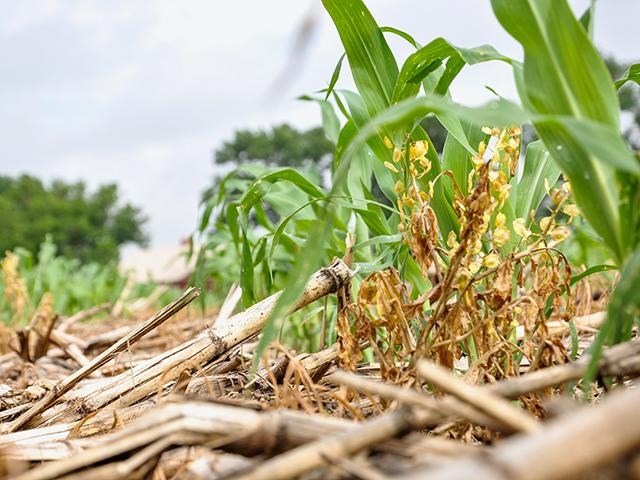We'd Like To Mention
Sustainability Progress Report
It seems you can't go anywhere today without seeing a message embracing the merits of sustainability. It's as if each business or company is trying to one-up the other to claim bragging rights for being the most sustainable of all.
Sustainability is certainly not a new concept to agriculture. Farmers and other stakeholders have long been engaged in efforts to embrace practices that protect land and water resources while reducing the environmental footprint. The public's ever-increasing awareness and demands for sustainable food production make it imperative the entire ag industry practices protocols that build consumer confidence of agriculture's commitment to continue improvement in this area.
How has the industry been doing overall? Field to Market: The Alliance for Sustainable Agriculture has been keeping tabs through its "National Indicators Report" (NIR). Released every five years, it assesses the country's progress toward sustainable agriculture in eight environmental indicators: Land Use, Soil Erosion, Irrigation Water Use, Energy Use, Greenhouse Gas (GHG) Emissions, Biodiversity, Soil Carbon and Water Quality.
Its most recent and fourth report summarizes the national trends of these indicators in 11 crops from 1980-2020. Key findings include:
-- Across crops, increases in fertilizer and crop-protectant use in the past 10 years emerges as a key contributing factor to the increasing Energy Use and GHG Emissions trends. Efforts to improve on input-use efficiency haven't yet reached widespread effectiveness.
P[L1] D[0x0] M[300x250] OOP[F] ADUNIT[] T[]
-- Reductions in GHG Emissions per acre have only occurred for crops using less nitrogen fertilizer over time.
-- Soil-erosion improvements were greatest from 1990 through 2005, accounting for most of the gain for all crops. Soil loss uniformly increased or held steady in the 2010s. This may reflect the generally flat recent trend for adoption of no-till and reduced-till practices, and the relatively modest adoption of cover crops to date. Understanding why the adoption of conservation tillage has plateaued will be key to understanding what's needed to drive greater adoption and future improvements in soil conservation.
The NIR is spot-on when it concludes that much work remains. And, farmers can't be expected to do it alone. For growers to adopt certain practices, they will require financial rewards for their operations.
Moving forward, the NIR states ongoing work for a more sustainable agriculture must explore multiple pathways, including: 1) what's necessary to accelerate the transition to sustainable practices; 2) how to incorporate and leverage innovative mechanisms to incentivize adoption; and 3) collaboration across the value chain and full scope of agricultural stakeholders to identify and implement solutions.
UKRANIAN UNREST
As we went to press, the situation in Ukraine was changing by the hour as the country fought to retain its independence against the unprovoked invasion of Russian forces. It's nearly impossible for a monthly magazine to provide timely insights and analysis when a major event is so fluid. Fortunately, you can keep up with evolving events and breaking news by logging on to DTNPF.com.
Unknowns and uncertainty are a constant in farming. But, America's farmers face an unprecedented level of unpredictability as the 2022 growing season unfolds. This we do know: Grain markets will remain volatile as Ukraine is an agricultural export powerhouse and concerns rise over whether Ukrainian farmers will be able to plant their crops. High fuel prices will persist due to disruptions of global oil production and distribution. Crop-inputs supplies are likely to tighten even more, especially fertilizers and raw materials for ag chemicals. Expect little relief from record fertilizer prices, as Russia is a major producer of nitrogen, phosphorus and potash.
**
-- Write Gregg Hillyer, 2204 Lakeshore Dr., Suite 415, Birmingham, AL 35209, email gregg.hillyer@dtn.com, or follow Gregg on Twitter @GreggHillyer
[PF_0422]
(c) Copyright 2022 DTN, LLC. All rights reserved.



